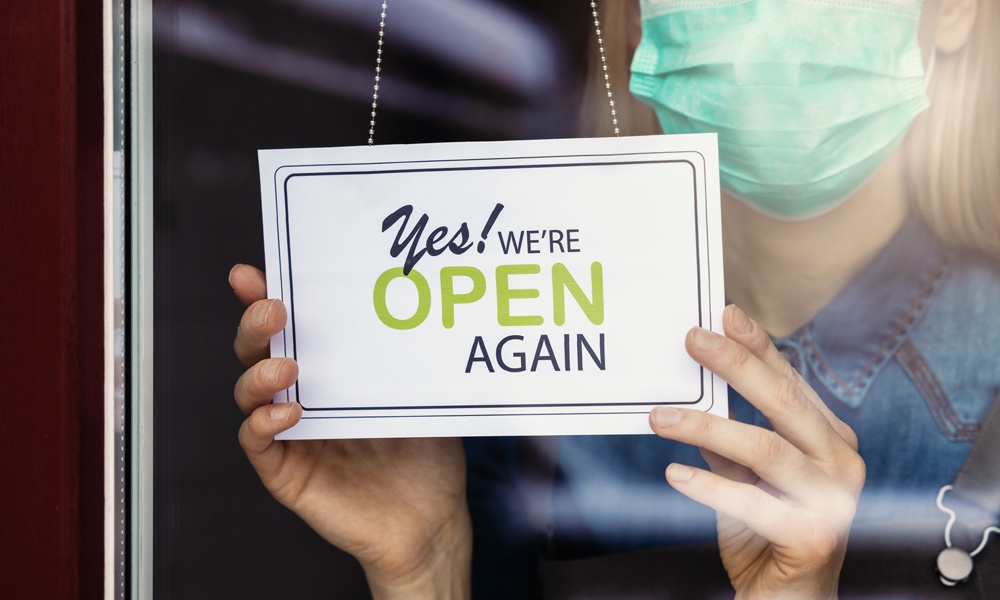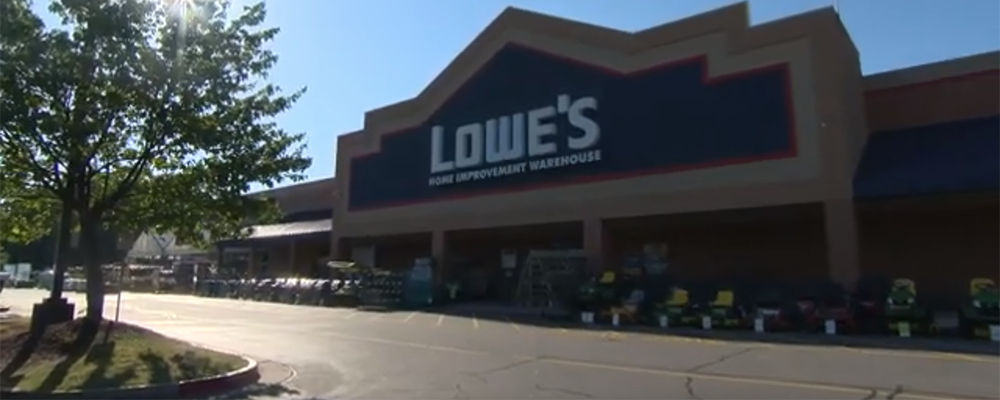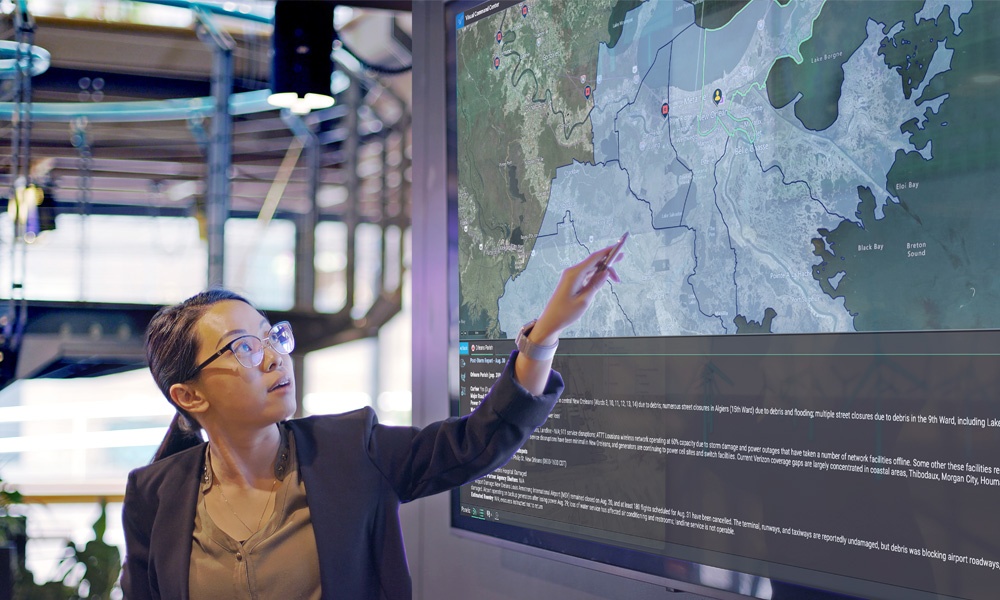Business continuity planning for the retail industry

Business Continuity in the Retail Industry
Enduring the COVID-19 pandemic has highlighted a unique opportunity for businesses in the retail industry to reshape how they operate. With dramatic shifts in consumer behavior and an increased reliance on digital services, retailers had to look for innovative ways to adapt to the current reality.
In addition to developing new modes of business, retailers must make every effort to protect their newly minted operations should another major disruption take place.
When a critical event occurs, a Business Continuity Plan (BCP) documents the procedures and resources each department within an organization will use to keep the business impact to a minimum. Leadership teams and employees on-the-ground need to be armed with the proper plans and standardized instruction in order to keep people safe, facilities secure, and operations running. The result of this is a minimally interrupted business and enhanced customer satisfaction.
A BCP is vital for the retail sector for several reasons. Having multiple locations extending across regions, states, or even the globe makes retailers vulnerable to various kinds of physical threats such as crime or severe weather. And, with more and more retailers relying on their web presence, increased cyber threats can lead to costly downtime. Furthermore, retailers are highly dependent on supply chains – even a small disruption can snowball into serious lost business revenue and diminished brand image.
When a critical event threatens to disrupt business continuity, having a retail crisis management plan in place enables businesses to seamlessly deliver their goods and services and maintain customer satisfaction.
Top Threats to Business Continuity in Retail
When considering how to best protect a retail business and maintain business continuity, it is important to consider the top threats the retail industry faces:
- Crime
- Cyberattacks
- Interruption of shipping services
- Loss or illness of key staff
- Product recalls
- Severe weather
- Supply chain disruptions
- Utility outages
These threats have the potential to involve multiple areas across a business, regardless of titles, teams, or departments. When a critical event occurs, the responsibility of response may land on anyone from a local facility manager to the CSO.
Putting a standardized and actionable BCP in the pocket of every employee, manager, and executive empowers every employee to respond to threats in the most efficient and effective manner. This enables faster remediation, and in some cases prevention, of critical events.
What Should a Retail Business Continuity Plan Include?
A retail BCP should focus on the following essential aspects of business:
Customers
Customers are arguably the most critical aspect of any BCP. Retailers should begin a BCP by asking themselves how they are going to best serve their customers in the face of disruption. This question can act as a guiding light for what an organization’s retail crisis management plan needs to prioritize.
For example, transparent communication can increase customer satisfaction during a crisis. Planning to leverage the proper communication tools throughout the lifespan of a disruption allows retailers to guide customers through the situation with grace. Perhaps order statuses need to be amended or alerts of an outage need to be shared. Regardless of the situation, prioritizing the customer experience is a key component to any successful retail BCP.
Employees
A BCP for retail must address the safety and security of employees during a crisis. Not only does this help employees feel valued but ensures they are able to respond appropriately in any given crisis.
A successful retail crisis management plan should outline:
- Which employees and/or stakeholders need be alerted depending on the type and location of a critical event
- Workflows to determine which employees are available for response
- Detailed instructions for employees to keep themselves safe and operations running
- How communication will flow to ensure transparency during an event
Inventory, Shipping, & Suppliers
The COVID-19 pandemic was a perfect example of how retailers should operate with the assumption that at some point inventory, shipping, and supply chain will be disrupted by a critical event. For example, as lockdowns were announced across the country every household tried to buy staple products, such as toilet paper and flour, at the same time. This resulted in massive demands on suppliers to scale their operations quickly, and many could not keep up.
A BCP should include secondary options in the case of increased demand, like in the example above, as well as for inventory recalls, alternative shipping partners, and viable re-routes for disrupted supply chain. Having these alternatives to quickly rely on eliminates stagnation and keeps business moving, even if at a reduced speed. This frees up time to focus on getting back to normal business operations.
“Since adopting Everbridge, Lowes has reduced the average outage duration for IT Service Desk by 33% and that is a huge win. This leads to better user experience, customer loyalty, and positive gains for Lowes.”
– Chris Meadows, Sr. Director IT Service Desk & End User Computing
Benefits of Business Continuity Planning in Retail
1. Keep Business Operations Running
When a business can continue running in the face of disaster, even if at reduced capacity, it can drastically minimize lost business. Also, being able to maintain operations paints a business as prepared, committed, and trustworthy to both employees and customers alike.
2. Maintain Your Supply Chain
Disruptions are going to occur – it is not an if, but a when. Having documented alternatives that get your products and/or services delivered when disruptions occur is vital to the success of business.
3. Build Customer Confidence and Trust
Having a plan that outlines proper communications with customers leads to increased transparency and trust. Additionally, having a BCP only serves to return operations to normal and lessen, or ideally eliminate, the impact felt by customers.
4. Reduce Financial Risk
According to Gartner, the cost of IT downtime is an astounding $300,000 per hour on average. However, according to IBM, “companies that prioritize business continuity management can achieve an average savings of $5,703 per day — or total incremental cost savings of $467,657 — through the containment phase of a data breach response.” As IT downtime only represents one type of critical event, it is evident that prioritizing business continuity planning is worthwhile.
5. Stay Ahead of Competition
When a critical event occurs, retailers become highly vulnerable to customers selecting alternative vendors. Not only do disruptions that impact customer experience result in current customer loss but also tarnish the brand image for potential customers as well. Deloitte states, “Customers tell an average of nine people about a positive experience with a brand, but they tell 16 people about a negative experience. Proper planning allows retailers to offer superior experiences – keeping current customers satisfied while attracting future customers.
Best Practices in Business Continuity Planning in Retail
When your organization begins to develop its own BCP, it helps to have an outline of best practices from which to guide the process:
- Identify critical pain points and risks
- Involve all departments in discussion
- Integrate with proper training and testing
- Automate where possible
- Make sure the plan is adaptable and scalable
Everbridge can help retailers successfully achieve business continuity. For instance, Everbridge has the tools that can allow your BCP to be accessed on-the-go, as well as the means to enact a BCP easily and effectively.
Success is Preparation
For retailers today, business continuity planning is essential for success. It pays to be prepared, as disruptions are costly. There is not a one-size fits all approach to ensuring business continuity, so it is important to create a plan that is specific to your organization’s needs.
Learn how Everbridge can help by scheduling a demo today.
Discover Everbridge’s leadership in resilience and why it matters today’s retail industry. Learn More



